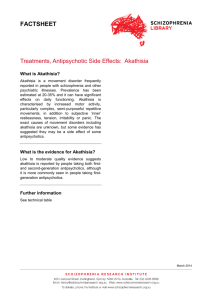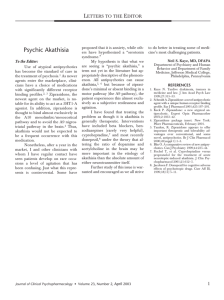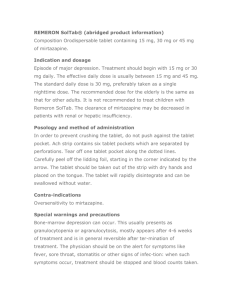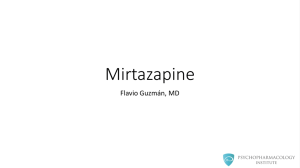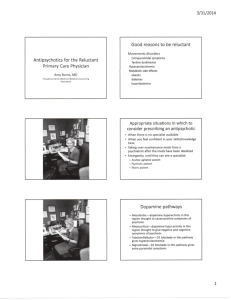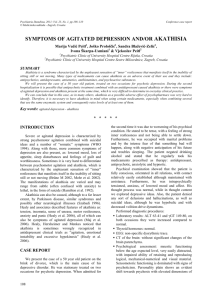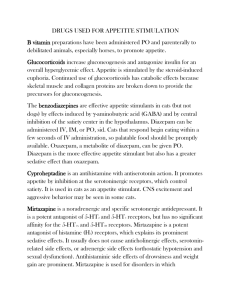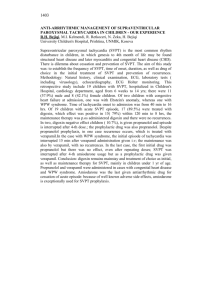File
advertisement
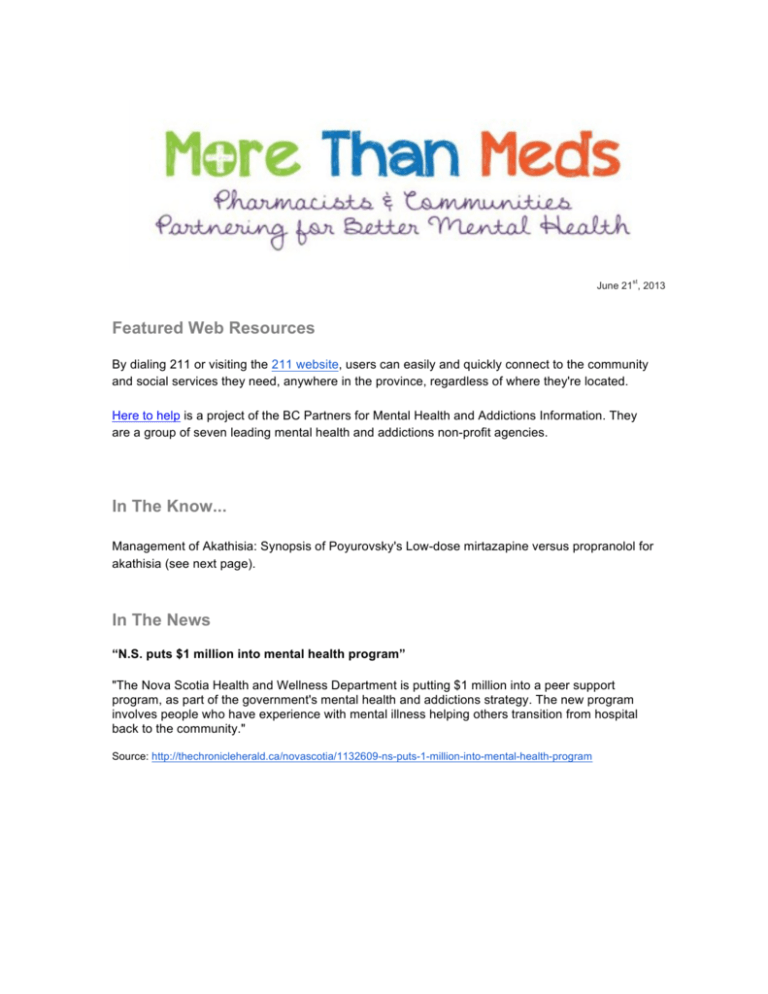
st June 21 , 2013 Featured Web Resources By dialing 211 or visiting the 211 website, users can easily and quickly connect to the community and social services they need, anywhere in the province, regardless of where they're located. Here to help is a project of the BC Partners for Mental Health and Addictions Information. They are a group of seven leading mental health and addictions non-profit agencies. In The Know... Management of Akathisia: Synopsis of Poyurovsky's Low-dose mirtazapine versus propranolol for akathisia (see next page). In The News “N.S. puts $1 million into mental health program” "The Nova Scotia Health and Wellness Department is putting $1 million into a peer support program, as part of the government's mental health and addictions strategy. The new program involves people who have experience with mental illness helping others transition from hospital back to the community." Source: http://thechronicleherald.ca/novascotia/1132609-ns-puts-1-million-into-mental-health-program In The Know... Your source for evidence-based information updates + Management of Akathisia SYNOPSIS Poyurovsky P, et al. Low-dose mirtazapine: a new option in the treatment of antipsychotic-induced akathisia. a randomized, double-blind, placebo and propranolol-controlled trial. Biol Psychiatry 2006;59:1071-7. What is Akathisia? An inner sense of restlessness caused by antipsychotic drugs and other D2 antagonists that can be very distressing and is associated with treatment refusal How can it be detected? An inability to stand or sit still (rocking, shifting weight, pacing) that varies from mild to severe Inquire (e.g., I notice you were pacing back and forth. Do you feel better when moving vs. standing still?) For a video and full description of akathisia see (begins at 4 min 50 sec) http://www.youtube.com/watch?v=WAg2iLEWVh0 Common Treatments for Akathisia1 Stop the cause; switch to a lower potency D2 antagonist; add a treatment (propranolol, benzodiazepine, mirtazapine) What was the purpose of this study? Low dose mirtazapine was examined for efficacy and tolerability in managing akathisia in patients treated with first generation antipsychotics (FGAs). Participants were randomly allocated to placebo, mirtazapine 15 mg/day, or propranolol ≤ 40 mg twice daily x 7 days. This brief study was powered to detect a difference in responder rate between mirtazapine and placebo. Propranolol was included as an internal control. Reductions in the Barnes Akathisia Scale of ≥ 2 points indicated treatment response. Barnes scores range from 0 (absence) to 5 (severe akathisia). What were the findings? Compared to placebo, mirtazapine and propranolol were both efficacious for treating akathisia. 13/30 (43%) patients treated with mirtazapine responded compared with 2/30 (6.7%) with placebo (NNT=3). Response with propranolol was 9/30 (30.0%). Dropouts were 6, 9, and 10 patients with mirtazapine, propranolol, and placebo. How does this inform the treatment of patients with akathisia? This brief trial suggests that mirtazapine offers another pharmacologic option to the management of akathisia. It also builds on the support for propranolol. The findings are of particular interest to patients with asthma, diabetes, or substance abuse for whom propranolol or benzodiazepines may not be suitable. Both mirtazapine and propranolol are limited by their adverse effects and cautions, for example weight gain and sedation with mirtazapine and fatigue, nightmares, and exacerbation of asthma with propranolol. Limitations Akathisia is associated with all antipsychotics. The effect of mirtazapine was not evaluated in people taking second generation (SGAs), most of which are potent 5-HT2 receptor antagonists. Mirtazapine’s anti-akathisic mechanism is proposed to be via its potent 5-HT2 antagonistic effect. Whether mirtazapine is effective for akathisia with SGAs is not known. The study was only 7 days long. References: 1. Poyurovsky M. Acute antipsychotic-induced akathisia revisited. Br J Psychiatry 2010; 196; 89-91. Authors: Danika Daley, Andre Pollmann, David Gardner, Andrea Murphy
